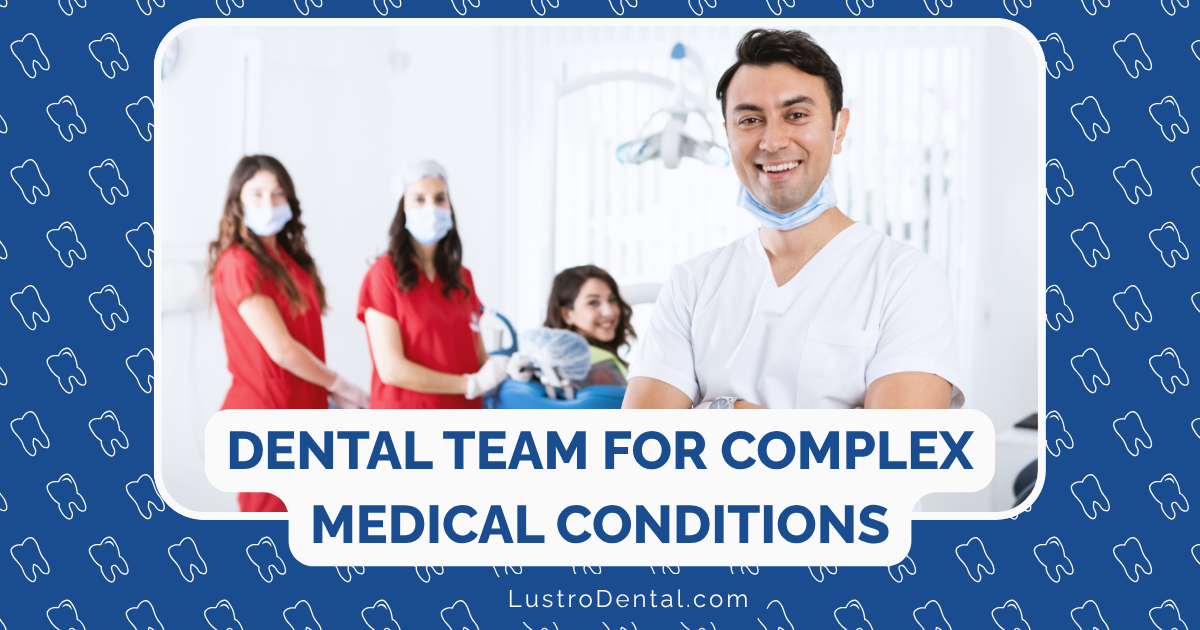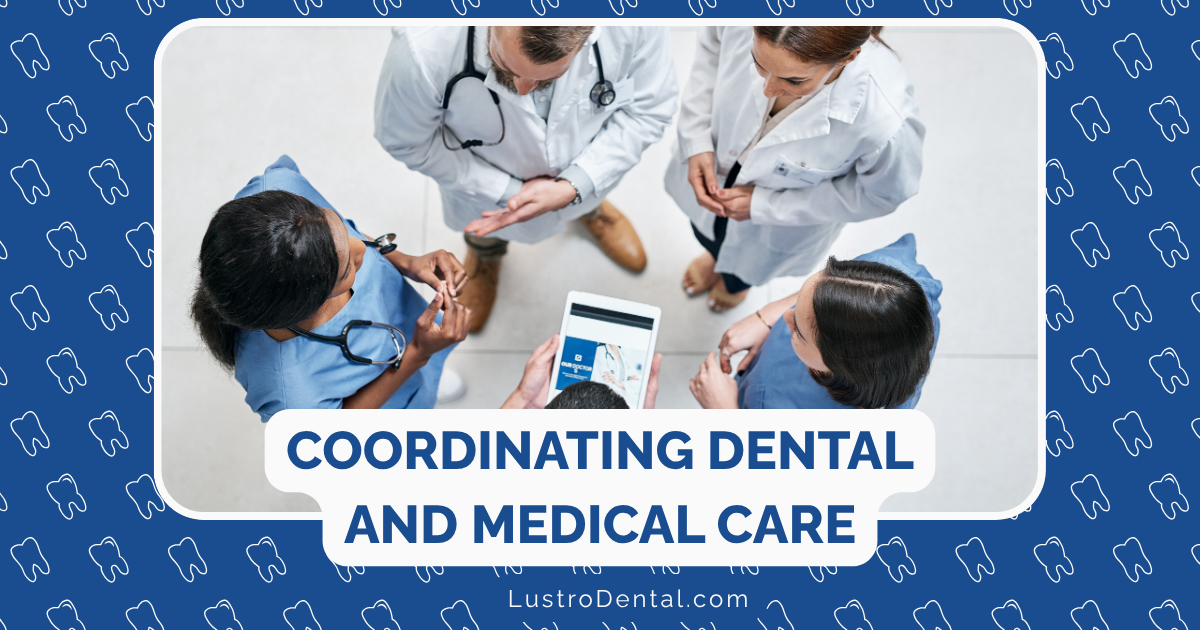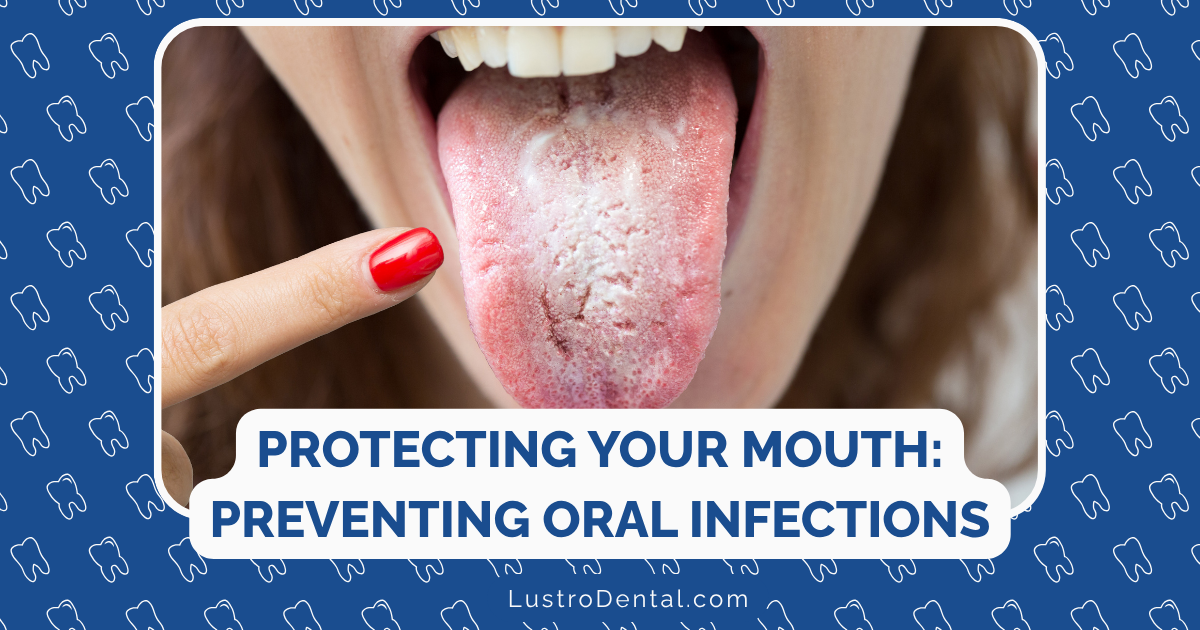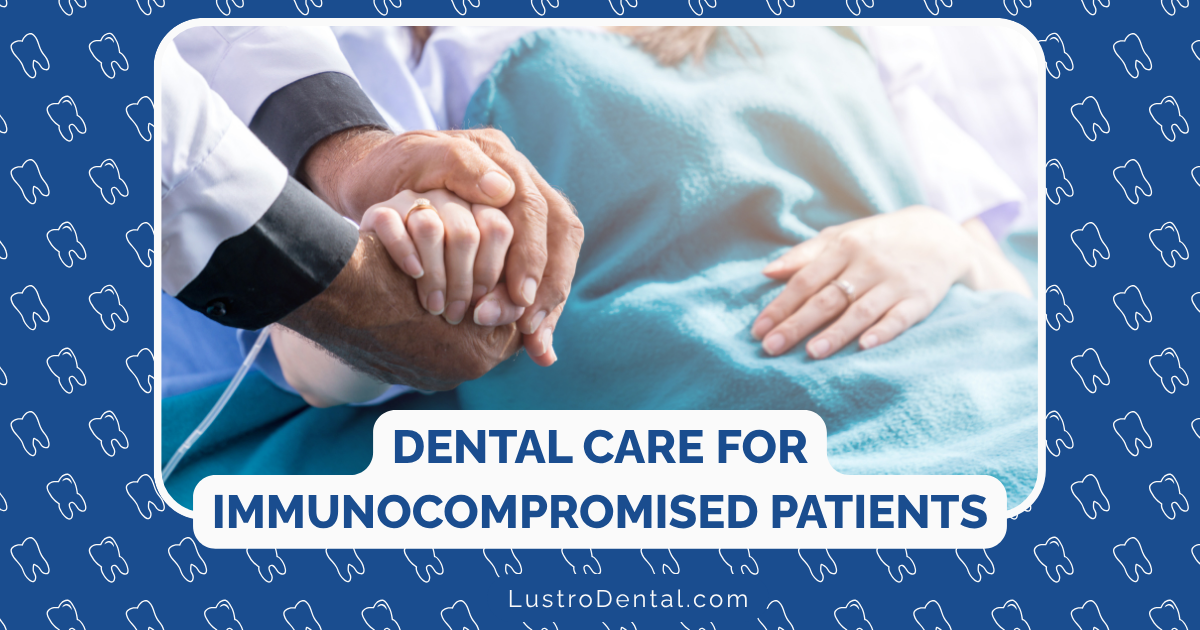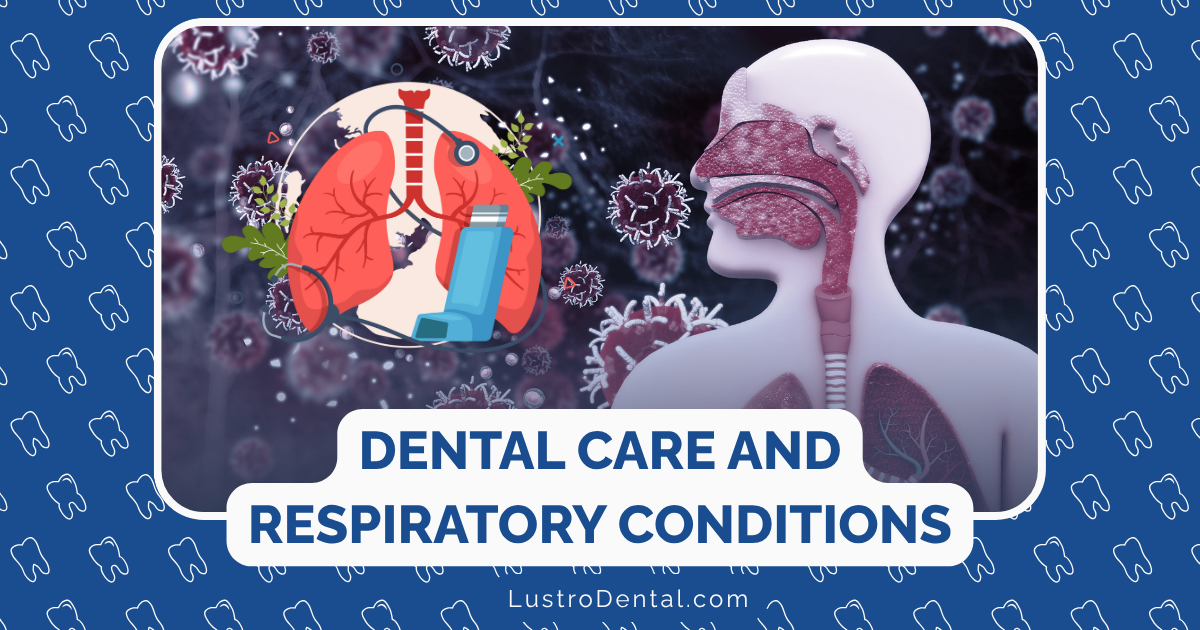Autoimmune Disorders and Oral Manifestations: Recognition and Care
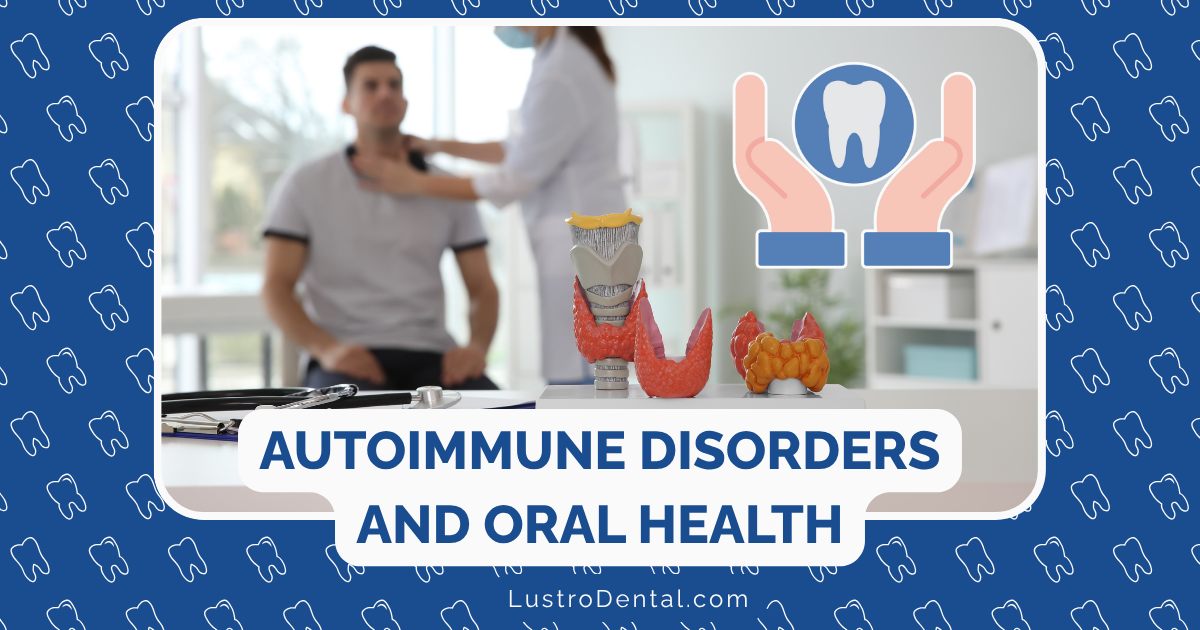
The mouth serves as a mirror reflecting our overall health, often revealing the first signs of systemic conditions long before they manifest elsewhere in the body. This is particularly true for autoimmune disorders—conditions where the immune system mistakenly attacks the body’s own tissues. According to research published in PMC, oral manifestations are frequently the first indicators of autoimmune diseases, making dental professionals crucial in early detection and diagnosis.
With autoimmune diseases affecting approximately 5-8% of Americans and their prevalence increasing by about 12.5% over the past three decades according to Science Direct, understanding their oral manifestations has never been more important—both for healthcare providers and patients alike.
This comprehensive guide explores the common oral manifestations of autoimmune disorders, how to recognize them, and strategies for management and care.
Understanding Autoimmune Disorders: The Basics
Autoimmune disorders occur when the immune system fails to distinguish between foreign invaders and the body’s own cells, resulting in an attack on healthy tissues. These conditions can affect virtually any part of the body, including the oral cavity.
Several factors contribute to the development of autoimmune diseases:
- Genetic predisposition
- Environmental triggers (infections, medications, toxins)
- Hormonal factors (explaining the higher prevalence in women)
- Stress and other lifestyle factors
While each autoimmune condition has its unique characteristics, they share common features like inflammation, tissue damage, and periods of flare-ups and remissions. Many also share oral manifestations that can significantly impact quality of life.
Common Autoimmune Disorders with Oral Manifestations
Sjögren’s Syndrome
Sjögren’s syndrome is perhaps the autoimmune condition most closely associated with oral symptoms.
Prevalence and Demographics
- Affects 0.5-5% of the general population
- Female predominance (9:1 ratio)
- Typically presents around age 50
- Can occur alone (primary) or alongside other autoimmune conditions (secondary)
Oral Manifestations
The hallmark oral symptom of Sjögren’s syndrome is xerostomia (dry mouth), resulting from lymphocytic infiltration of the salivary glands. This dryness leads to:
- Difficulty speaking, chewing, and swallowing
- Increased risk of dental caries (cavities)
- Oral candidiasis (thrush)
- Burning sensation in the mouth
- Altered taste perception
- Cracked, fissured tongue and lips
- Difficulty wearing dentures (if applicable)
Diagnostic Approach
Diagnosis typically involves:
- Clinical evaluation of symptoms
- Measurement of salivary flow rate
- Blood tests for specific antibodies (anti-SSA/Ro and anti-SSB/La)
- Minor salivary gland biopsy showing characteristic lymphocytic infiltration
- Sialography or salivary gland ultrasonography
Systemic Lupus Erythematosus (SLE)
SLE is a complex autoimmune disease that can affect multiple organ systems, including the oral cavity.
Prevalence and Demographics
- Global prevalence of 12 to 50 per 100,000 people
- Affects women 8 times more frequently than men
- Often develops between ages 15-44
Oral Manifestations
Oral manifestations occur in up to 40% of SLE patients and may include:
- Oral ulcers (often painless, with a red border and white or yellow center)
- Discoid lesions (red patches with white radiating striae)
- Petechiae (small red or purple spots)
- Gingival bleeding
- Candidiasis (secondary to immunosuppressive therapy)
- Xerostomia (dry mouth)
Diagnostic Approach
Diagnosis typically involves:
- Clinical evaluation based on American College of Rheumatology criteria
- Blood tests for antinuclear antibodies (ANA) and other specific antibodies
- Biopsy of affected tissues (including oral lesions) if necessary
- Comprehensive medical history and physical examination
Oral Lichen Planus
Oral lichen planus (OLP) is a chronic inflammatory condition that primarily affects the oral mucosa.
Prevalence and Demographics
- Affects approximately 1-2% of the general population
- More common in middle-aged and older adults
- Slight female predominance
Oral Manifestations
OLP can present in several forms:
- Reticular form: White, lace-like patterns (Wickham’s striae) on the buccal mucosa, tongue, or gums
- Erosive form: Painful ulcerations with surrounding erythema
- Atrophic form: Red, inflamed areas with thinning epithelium
- Bullous form: Fluid-filled blisters that rupture, leaving painful erosions
- Plaque-like form: White patches resembling leukoplakia
Patients often report burning sensations, sensitivity to spicy or acidic foods, and pain that impacts eating and oral hygiene.
Diagnostic Approach
Diagnosis typically involves:
- Clinical evaluation of characteristic lesions
- Histopathological examination showing band-like lymphocytic infiltration
- Direct immunofluorescence to rule out other autoimmune conditions
- Careful medical history to identify potential triggers
Pemphigus Vulgaris
Pemphigus vulgaris is a potentially life-threatening autoimmune blistering disease.
Prevalence and Demographics
- Rare condition, affecting 0.1-0.5 per 100,000 people
- Primarily affects individuals in their 40s and 50s
- No significant gender predilection
Oral Manifestations
Oral manifestations are present in over 50% of cases and are often the first sign of the disease:
- Fragile blisters that quickly rupture, leaving painful erosions
- Nikolsky sign (epithelial detachment with slight pressure)
- Widespread ulcerations that may affect any oral mucosal surface
- Difficulty eating and speaking due to pain
- Secondary infections due to compromised mucosal barrier
Diagnostic Approach
Diagnosis typically involves:
- Clinical evaluation of lesions
- Biopsy for histopathological examination
- Direct and indirect immunofluorescence studies
- Blood tests for anti-desmoglein antibodies
Mucous Membrane Pemphigoid
Mucous membrane pemphigoid (MMP) is a chronic autoimmune blistering disorder that primarily affects mucous membranes.
Prevalence and Demographics
- Rare condition, with an estimated incidence of 1.3-2.0 per million per year
- Female predominance (2:1 ratio)
- Typically affects individuals over 50 years of age
Oral Manifestations
Oral manifestations are common and include:
- Desquamative gingivitis (present in 94% of cases)
- Vesicles and bullae that rupture, leaving ulcerations
- Erosions covered by pseudomembranes
- Scarring in severe cases
- Adhesions and restricted mobility of the tongue or other oral structures
Diagnostic Approach
Diagnosis typically involves:
- Clinical evaluation of lesions
- Biopsy for histopathological examination
- Direct immunofluorescence showing linear deposits at the basement membrane zone
- Indirect immunofluorescence and ELISA for circulating autoantibodies
Behcet’s Disease
Behcet’s disease is a rare, chronic inflammatory disorder characterized by recurrent oral and genital ulcers, along with various systemic manifestations.
Prevalence and Demographics
- Higher prevalence in Mediterranean and Asian populations
- Typically affects young adults (20-40 years)
- Slightly more common in men in Middle Eastern countries, but equal gender distribution or female predominance in Western countries
Oral Manifestations
Oral ulcers are a defining feature of Behcet’s disease:
- Recurrent, painful aphthous-like ulcers
- Multiple lesions (often more than 3 at a time)
- Round or oval shape with well-defined borders
- Yellowish-white necrotic base surrounded by an erythematous halo
- Healing without scarring in 7-14 days
- High frequency of recurrence (at least 3 episodes per year)
Diagnostic Approach
Diagnosis typically involves:
- Clinical evaluation based on International Criteria for Behcet’s Disease
- Requires at least two of the three key features: oral ulcers, genital ulcers, or eye inflammation
- Exclusion of other conditions with similar presentations
- Pathergy test (skin hypersensitivity test) may be performed
Diagnostic Approaches for Oral Autoimmune Manifestations
Diagnosing autoimmune disorders based on oral manifestations requires a systematic approach:
Clinical Examination
- Thorough examination of all oral mucosal surfaces
- Documentation of lesion characteristics (location, size, color, texture, etc.)
- Assessment of salivary flow and signs of xerostomia
- Evaluation of periodontal health
Histopathological Examination
- Biopsy of representative lesions
- Specific staining techniques to identify characteristic features
- Evaluation of inflammatory patterns and cellular changes
Immunological Studies
- Direct immunofluorescence to detect tissue-bound antibodies
- Indirect immunofluorescence to identify circulating antibodies
- Enzyme-linked immunosorbent assay (ELISA) for specific autoantibodies
Laboratory Tests
- Complete blood count
- Inflammatory markers (ESR, CRP)
- Autoantibody panels specific to suspected conditions
- Salivary flow rate measurement and analysis
Imaging Studies
- Salivary gland ultrasonography
- Sialography
- MRI in selected cases
Management and Treatment Strategies
Management of oral manifestations of autoimmune disorders typically involves a multifaceted approach:
Topical Therapies
Corticosteroids
- Forms: Ointments, gels, rinses, or adhesive pastes
- Examples: Triamcinolone acetonide, clobetasol propionate, dexamethasone
- Benefits: Reduce inflammation and pain, promote healing
- Considerations: Risk of oral candidiasis with prolonged use
Calcineurin Inhibitors
- Examples: Tacrolimus, pimecrolimus
- Benefits: Immunomodulatory effects without the side effects of steroids
- Considerations: Burning sensation upon application, higher cost
Analgesics and Anesthetics
- Examples: Benzydamine hydrochloride, lidocaine
- Benefits: Provide temporary pain relief
- Considerations: Short duration of action
Systemic Therapies
Corticosteroids
- Examples: Prednisone, prednisolone
- Benefits: Effective for severe or widespread lesions
- Considerations: Significant side effects with long-term use (osteoporosis, diabetes, hypertension)
Immunosuppressants
- Examples: Azathioprine, mycophenolate mofetil, methotrexate, cyclophosphamide
- Benefits: Steroid-sparing, effective for long-term management
- Considerations: Increased infection risk, regular monitoring required
Biologics
- Examples: Rituximab, infliximab, etanercept
- Benefits: Targeted therapy with potentially fewer side effects
- Considerations: High cost, potential serious adverse effects
Management of Specific Symptoms
Xerostomia (Dry Mouth)
- Saliva substitutes and oral moisturizers
- Sialogogues (pilocarpine, cevimeline) to stimulate saliva production
- Sugar-free gum or lozenges to stimulate natural saliva flow
- Adequate hydration and humidification
- Avoidance of alcohol-containing mouthwashes and caffeine
- Fluoride supplementation to prevent dental caries
Oral Ulcerations
- Topical protective agents (sucralfate, carmellose)
- Antimicrobial mouthwashes to prevent secondary infection
- Dietary modifications to avoid irritating foods
- Nutritional supplements if intake is compromised
Gingival Inflammation
- Meticulous oral hygiene
- Antimicrobial mouthwashes (chlorhexidine)
- Professional dental cleanings at shorter intervals
- Treatment of underlying autoimmune condition
Dental Care Considerations
Patients with autoimmune disorders require special considerations for dental care:
Preventive Strategies
- More frequent dental check-ups (typically every 3-4 months)
- Customized oral hygiene instructions
- Prescription-strength fluoride for caries prevention
- Dietary counseling to minimize cariogenic foods
- Salivary substitutes and stimulants as needed
Treatment Modifications
- Shorter appointments to accommodate patient comfort
- Careful medication review before procedures
- Consideration of stress reduction protocols
- Antibiotic prophylaxis if immunosuppressed (consult with physician)
- Gentle tissue manipulation to avoid exacerbating lesions
Special Considerations
- Consultation with the patient’s physician before invasive procedures
- Awareness of medication interactions and side effects
- Monitoring for oral infections due to immunosuppression
- Careful planning for dental procedures during disease remission when possible
The Importance of Multidisciplinary Care
According to Elizabeth Oral Surgery Group, collaboration between healthcare providers is essential for comprehensive care of patients with autoimmune disorders:
Key Team Members
- Dentists and dental specialists
- Rheumatologists
- Dermatologists
- Oral medicine specialists
- Primary care physicians
- Nutritionists
- Mental health professionals
Benefits of Collaborative Care
- Coordinated treatment planning
- Comprehensive symptom management
- Minimized medication interactions
- Improved quality of life
- Earlier intervention for disease flares
- Better patient education and support
Patient Education and Self-Care
Empowering patients with knowledge and self-care strategies is crucial for managing oral manifestations of autoimmune disorders:
Daily Oral Hygiene
- Gentle brushing with a soft-bristled toothbrush
- Non-irritating toothpaste (free of sodium lauryl sulfate for sensitive mucosa)
- Careful flossing or use of interdental brushes
- Regular use of prescribed mouthwashes or rinses
Symptom Monitoring
- Keeping a symptom diary
- Photographing oral lesions to track changes
- Noting triggers that worsen symptoms
- Recognizing signs of infection requiring prompt attention
Lifestyle Modifications
- Avoiding spicy, acidic, or hard foods during flares
- Staying well-hydrated
- Avoiding tobacco and alcohol
- Stress management techniques
- Adequate rest and nutrition
Emerging Treatments and Research
The field of autoimmune disease management continues to evolve, with several promising approaches under investigation:
Targeted Biologics
New monoclonal antibodies targeting specific immune pathways involved in autoimmune diseases
Low-Level Laser Therapy
Showing promise for pain reduction and healing promotion in oral lesions
Stem Cell Therapy
Potential for regeneration of damaged salivary glands in Sjögren’s syndrome
Photodynamic Therapy
Emerging as a treatment option for oral lichen planus and other mucosal conditions
Nutraceutical Agents
Compounds like curcumin, aloe vera, and green tea polyphenols being studied as adjunctive therapies
Conclusion: The Critical Role of Oral Health in Autoimmune Management
The mouth often serves as an early warning system for autoimmune disorders, with oral manifestations frequently preceding other systemic symptoms. Recognizing these signs early can lead to prompt diagnosis and treatment, potentially altering the disease course and improving quality of life.
For patients living with autoimmune disorders, maintaining optimal oral health is not just about comfort—it’s an essential component of overall disease management. By understanding the specific oral manifestations of these conditions and implementing appropriate care strategies, both healthcare providers and patients can work together to minimize complications and enhance well-being.
The bidirectional relationship between oral health and autoimmune conditions underscores the importance of a holistic approach to care, where dental professionals are integral members of the healthcare team. Through vigilant monitoring, preventive measures, and targeted interventions, the impact of autoimmune disorders on oral health can be significantly mitigated.
Do you have an autoimmune condition that affects your oral health? Share your experiences and management strategies in the comments below to help others navigating similar challenges.


